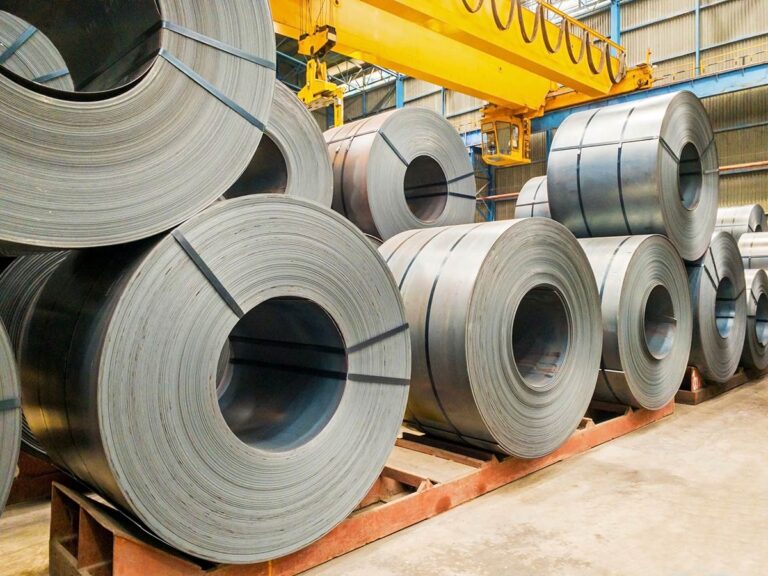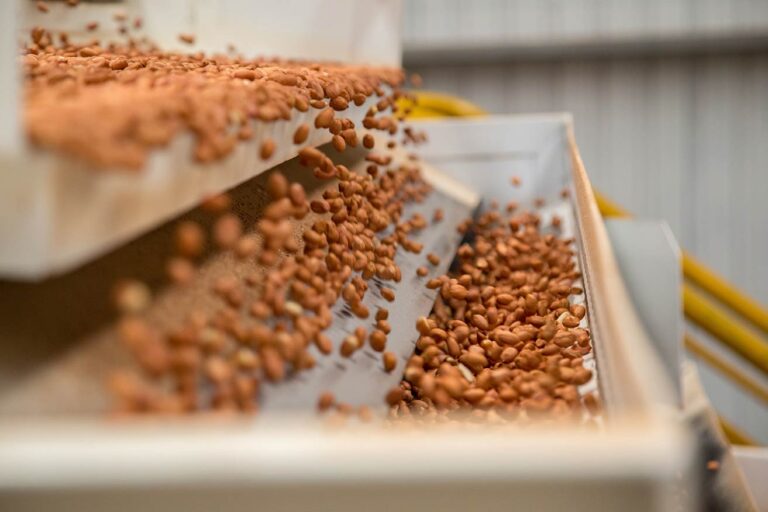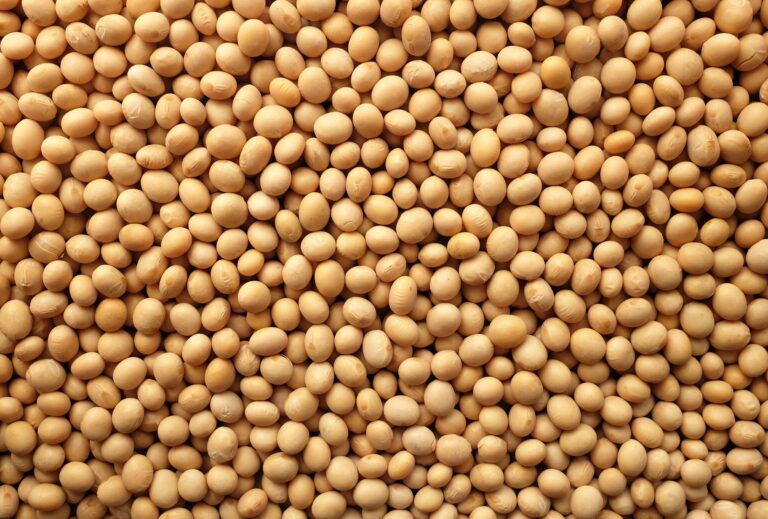Chicken world markets trade data-production
On Friday, the USDA released their semi-annual “Livestock and Poultry: World Markets and Trade” publication. This report is published on a quarterly basis. Production, consumption, import, and export data were reported, and some interesting trends emerged, particularly when it comes to consumption and trading trends between the U.S. and Brazil.
The top three chicken producing countries in the world have consistently been the U.S., China, and Brazil for several years. Production increases year-over-year (YoY) thus far in the U.S. and China have outpaced the previous 3-year averages while Brazil has significantly slowed their average annual increases. So far in 2024, ready-to-cook production in the U.S. is up 1.43% YoY compared to a 3-year average of 1.35%. China’s production is up 1.35% YoY in 2024, while their 3-year average YoY increase is 0.49%. Conversely, Brazil’s production was increased by only 0.67% this year compared to the previous year, a much smaller change than their 3-year average increase in production of 2.41%.
Many of the changes in broiler production trends can be inversely related to corn prices. Ground corn makes up the highest percentage of ingredients in a typical broiler diet, and the cost of feed accounts for 60-70% of the cost of raising a broiler. U.S. corn prices this past year have been well below the 3-year average, with year-to-date (YTD) prices received by producers hovering around -30% lower. Lower feed costs can help incentivize the raising of more chickens, which appears to be the case this year. China and Brazil have had somewhat more volatile changes in chicken production in the past few years, largely due to both those markets relying more heavily on the Brazilian corn market, as well as the war in Ukraine.
In 2021, Ukraine was ranked as the 4th largest exporter of corn, accounting for 12% of global exports, with China as their top destination according to the USDA Foreign Agricultural Service. With the war between Russia and Ukraine causing issues with production and transportation, corn exports in the marketing year ’22-’23 were down approximately -26% from the previous marketing year (USDA FAS). This left a gap in the market which impacted China’s ability to access economical corn. This void in the international corn supply likely helped influence prices for corn from the U.S. and Brazil, though their most dramatic price increases started in ’21 which is when China began importing much more corn from the U.S. than it had previously based on data obtained from Reuters. In 2023, China began to switch from importing corn from the U.S. to importing corn from Brazil. Both China and Brazil had increases in chicken production by over 3% in ’23 as Brazilian corn prices plummeted to average values well below those of the previous two years. This year, a less steep decline in corn prices in Brazil likely helped influence the more moderate production increases compared to the previous year.
The current state of HPAI in the U.S. and the fall waterfowl migration
As the 2024 fall migration season for wild waterfowl begins, wildlife experts and the poultry industry are on high alert for the spread of Highly Pathogenic Avian Influenza (HPAI), commonly known as bird flu. Over the last few years, HPAI has significantly affected both wild bird populations and commercial poultry operations in the U.S., causing economic losses, disruptions in poultry and egg markets, and concerns about potential zoonotic transmission to humans.
HPAI in the U.S. in 2024
In recent years, the U.S. has been grappling with recurring outbreaks of HPAI, particularly affecting wild waterfowl and domestic poultry. As of fall 2024, the virus remains active, though its spread has been somewhat contained through rigorous monitoring and biosecurity measures. Key regions that have seen outbreaks include the Midwest and states along the Atlantic and Mississippi flyways, where migratory birds are most concentrated.
Wild waterfowl, such as ducks, geese, and swans, are natural carriers of the virus. They often do not show symptoms but can transmit it to other species, including domestic poultry, leading to devastating consequences for farms. Infected poultry flocks typically face culling measures to prevent the virus from spreading further, which has significant economic implications. According to the U.S. Department of Agriculture (USDA), millions of birds were culled during outbreaks in previous years, highlighting the virus’s impact on food security and agriculture.
The fall waterfowl migration and risk of HPAI spread
Fall migration presents an increased risk of HPAI transmission due to the large numbers of waterfowl traveling long distances. As these birds move from northern breeding grounds to warmer southern habitats, they gather in large flocks, facilitating virus spread. The migration routes, particularly the Pacific, Central, Mississippi, and Atlantic flyways, intersect in various states, creating multiple opportunities for HPAI transmission.
The primary concern is that migrating birds may introduce the virus to regions where it has been dormant or undetected, potentially sparking new outbreaks. The mixing of different bird species along migratory routes could also lead to viral mutations, potentially producing more virulent strains.
Looking ahead
While HPAI remains a persistent challenge, ongoing surveillance, public education, and biosecurity measures are helping to mitigate the risk of large-scale outbreaks. With the fall migration underway, experts remain cautiously optimistic but vigilant, understanding the importance of early detection and rapid response to minimize the virus’s impact on both wild bird populations and the poultry industry.
The upcoming months will be critical in determining the extent to which HPAI affects the U.S. as migratory birds traverse the country. By working together, government agencies, farmers, and hunters can help reduce the spread of this devastating virus.
The US Shell Egg Is Spiking as Hurricanes and Supply Constraints Impact the October Market
Following the month of September when shell egg prices declined nearly 51% according to Expana data, the market entered a stretch of prolonged steadiness and is now on an upswing again. October is historically a time where the wholesale egg market lacks eventful movement as it is sandwiched in between the back-to-school period and peak holiday time. This year, however, we are seeing a multitude of market drivers which include the softening of retail shelf prices in addition to the replenishment of eggs to the Southeast following the recent hurricanes.
First off, shelf prices have declined considerably during the first half of October. Many locations, be it large scale or independent chains dialed back pricing from around $4.00/dozen to under the $3.00/dozen range. For consumers, who are largely price-sensitive, especially in this economic environment, many have reacted positively to this shift.
Hurricane Helene and Hurricane Milton have also played a major role in the movement of eggs over the previous few weeks. Whether it is stores that lost power and encountered spoilage or just strong consumer buying interest from those who are replenishing their refrigerators, demand in the Southeast is currently strong. This has been made evident by spot market buying activity, which has increased significantly in this area, as suppliers look to get all the eggs they can to supply retail locations.
As if prices weren’t already bouncing back earlier than we typically see in Q4, the first case of HPAI on a commercial egg-laying farm since late July was reported this week. While this occurred west of the Rockies and is impacting cage-free production more so than conventional, it is further constricting an already short egg supply in the US. This was made evident by cage-free values spiking in a very short time after news of this became public. Early Q4 is already proving to be a whirlwind of activity, and many are eagerly anticipating what the rest of the quarter will bring as we move into the holiday period.
For further insights, please watch our most recent meat webinar replay.
Written by Ryan Hojnowski



